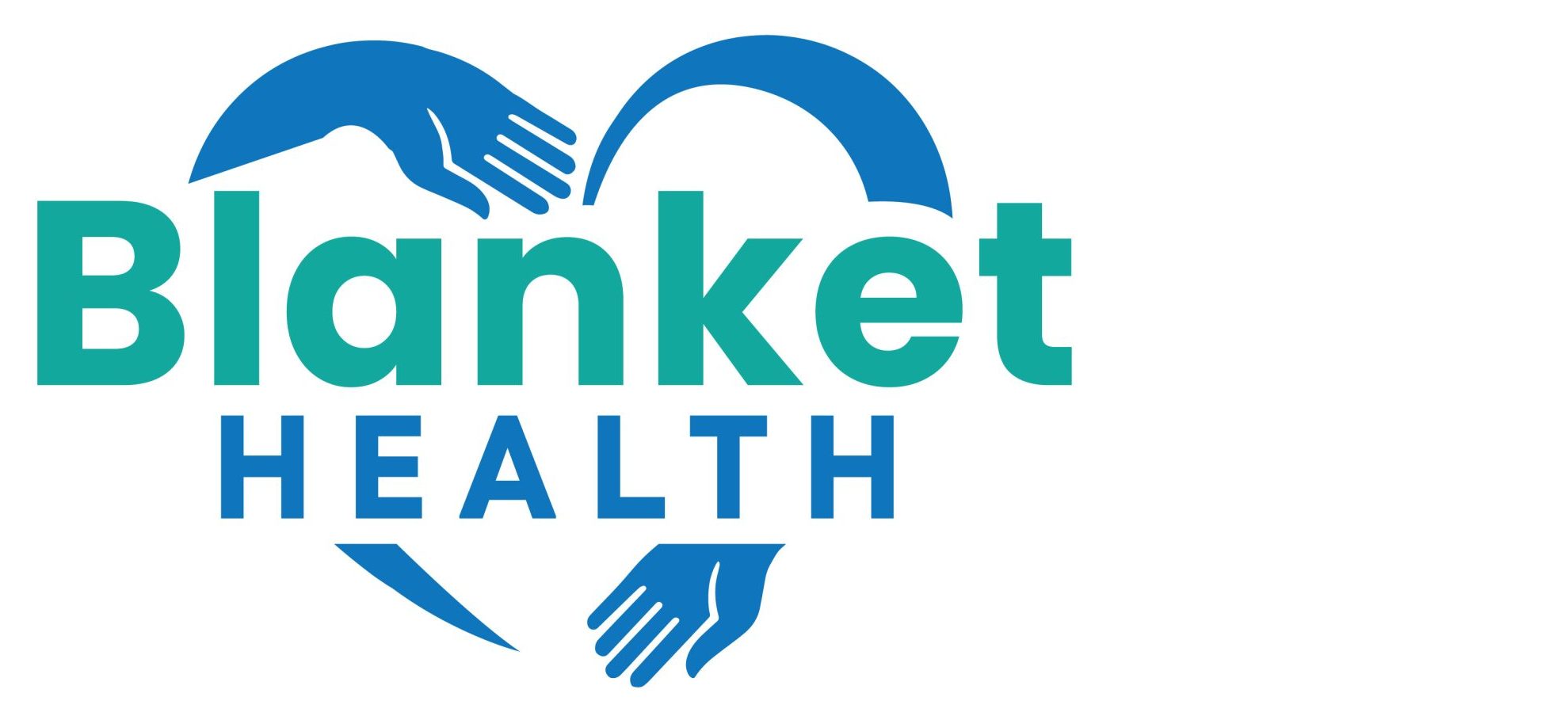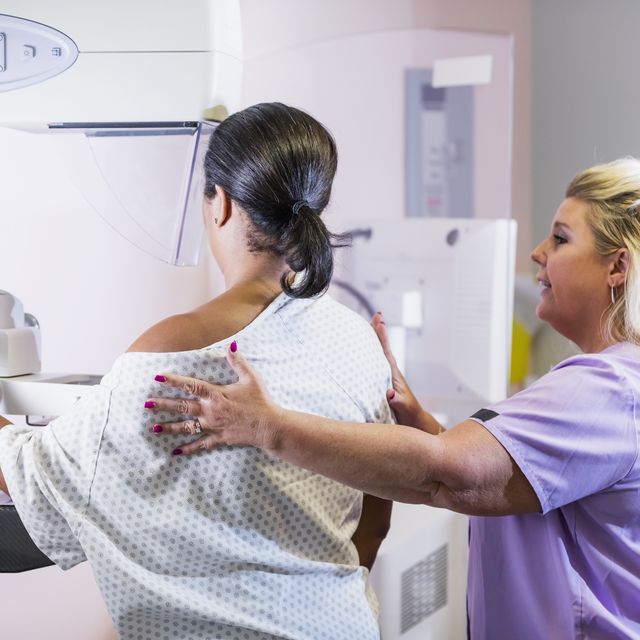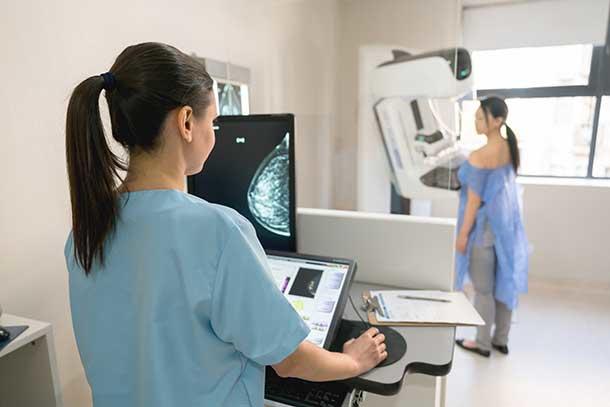Breast cancer is a formidable adversary, affecting millions of women worldwide. However, advances in medical science have significantly improved our ability to detect this disease at an early stage, greatly enhancing the chances of successful treatment. Breast cancer screening plays a pivotal role in this endeavor, offering women a proactive approach to managing their health. In this article, we will explore breast cancer screening comprehensively, delving into its significance, methods, guidelines, and the importance of informed decision-making.
The Significance of Breast Cancer Screening
Breast cancer screening is a set of medical tests and examinations designed to detect breast cancer before symptoms manifest. Its importance lies in the fact that early detection significantly improves the prognosis and survival rates of individuals diagnosed with breast cancer. By identifying cancer at an earlier, more treatable stage, screening can lead to less aggressive treatments, better outcomes, and a higher quality of life for patients.
Methods of Breast Cancer Screening
 There are two primary methods of breast cancer screening:
There are two primary methods of breast cancer screening:
1. Mammography: Mammography is the most widely used screening tool for breast cancer. It involves taking X-ray images of the breast tissue. Digital mammography, 3D mammography (tomosynthesis), and contrast-enhanced mammography are some of the advanced techniques that enhance detection accuracy. Regular mammograms can detect tumors too small to be felt during a breast exam.
2. Clinical Breast Examination (CBE): Clinical breast examination is a physical examination of the breasts conducted by a healthcare provider. During a CBE, the healthcare provider assesses the breasts for lumps, changes in size or shape, or other abnormalities. While it’s an important part of breast cancer screening, it’s often used in conjunction with mammography for a more comprehensive assessment.
Breast Self-Examination (BSE)
Breast self-examination is another important aspect of breast cancer awareness. While it’s not a formal screening method, it encourages women to become familiar with their own breast tissue. Regular self-examinations can help individuals detect any changes or abnormalities in their breasts, which can then be promptly discussed with a healthcare provider.
Guidelines for Breast Cancer Screening
Breast cancer screening guidelines may vary depending on factors like age, family history, and personal risk factors. Some general guidelines include:
- Mammography: The American Cancer Society recommends that women with an average risk of breast cancer start annual mammograms at age 45 and continue until age 54. Afterward, they can choose to have mammograms every two years.
- Clinical Breast Examination (CBE): The American Cancer Society suggests that clinical breast examinations be performed as part of a periodic health exam, preferably every three years for women in their 20s and 30s, and annually for women 40 and older.
It’s essential to note that recommendations may differ between organizations, so it’s advisable to discuss your individual screening plan with your healthcare provider. In some cases, such as when there is a family history of breast cancer or other risk factors, more frequent or specialized screening may be recommended.
Informed Decision-Making
Breast cancer screening is a personal choice, and individuals should make informed decisions based on their unique circumstances. It’s crucial to consider factors such as family history, age, and overall health when determining the appropriate screening regimen. Additionally, one should weigh the potential benefits of early detection against the possibility of false positives, overdiagnosis, and the emotional toll of unnecessary biopsies or treatments.
Furthermore, individuals should engage in open and informed discussions with their healthcare providers to determine the best screening plan for their situation. This dialogue should consider the potential benefits, limitations, and risks of screening. Informed decision-making empowers individuals to take control of their health and make choices aligned with their values and preferences.
Breast cancer screening is a powerful tool in the fight against breast cancer. By detecting the disease at an early stage, it can significantly improve treatment outcomes and ultimately save lives. However, it’s essential to approach screening with a balanced perspective, taking into account individual risk factors, screening guidelines, and informed decision-making. Engaging in regular breast self-examinations, discussing screening options with healthcare providers, and following recommended guidelines can help individuals stay proactive in their breast health and contribute to a brighter future in the battle against breast cancer.



 There are two primary methods of breast cancer screening:
There are two primary methods of breast cancer screening: Bring Previous Imaging: If you have had previous mammograms or breast imaging at a different facility, try to obtain these records and bring them to your appointment. These records can serve as a baseline for comparison and provide valuable information to the radiologist.
Bring Previous Imaging: If you have had previous mammograms or breast imaging at a different facility, try to obtain these records and bring them to your appointment. These records can serve as a baseline for comparison and provide valuable information to the radiologist. Performing a breast self-examination (BSE) at home is a vital aspect of breast health awareness. It allows individuals, especially women, to monitor their breasts for any changes or abnormalities between clinical breast examinations and mammograms. To conduct a BSE effectively, begin by choosing the right time—preferably about a week after your menstrual period starts when your breasts are less likely to be swollen or tender. Stand in front of a mirror with your arms at your sides and visually inspect your breasts for any visible changes in size, shape, or symmetry. Note any skin alterations, dimpling, or puckering, and look for changes in the position or appearance of your nipples.
Performing a breast self-examination (BSE) at home is a vital aspect of breast health awareness. It allows individuals, especially women, to monitor their breasts for any changes or abnormalities between clinical breast examinations and mammograms. To conduct a BSE effectively, begin by choosing the right time—preferably about a week after your menstrual period starts when your breasts are less likely to be swollen or tender. Stand in front of a mirror with your arms at your sides and visually inspect your breasts for any visible changes in size, shape, or symmetry. Note any skin alterations, dimpling, or puckering, and look for changes in the position or appearance of your nipples.
